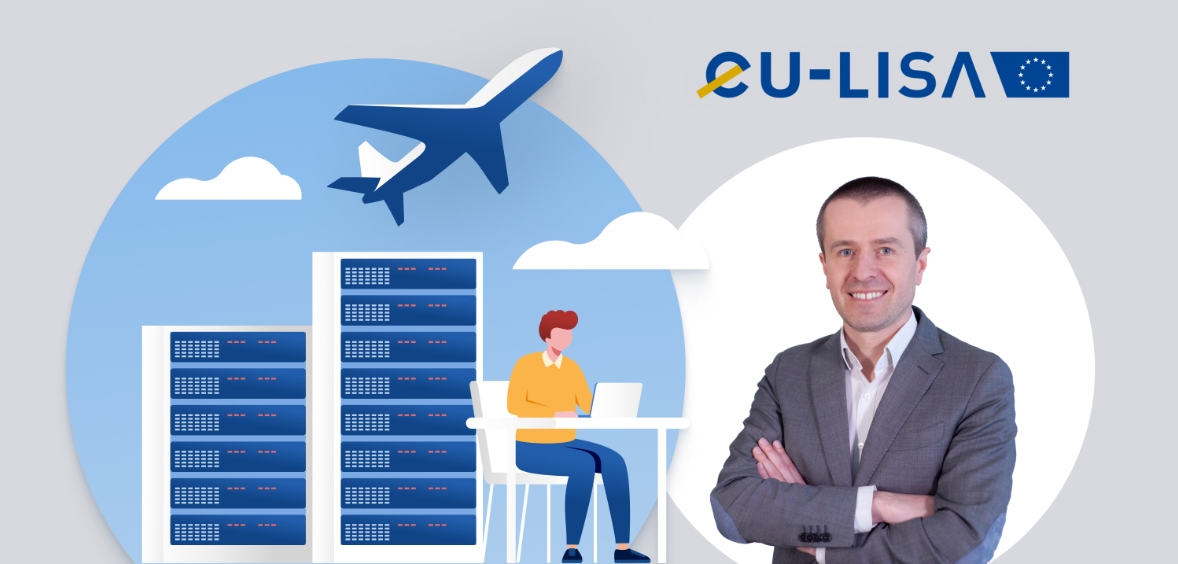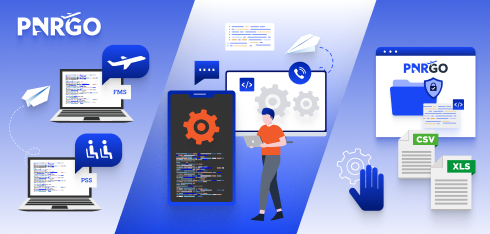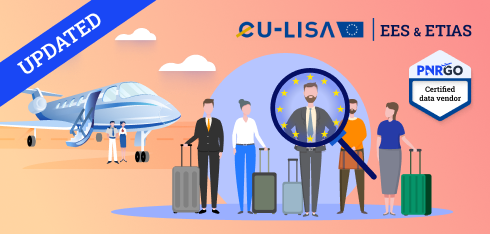An interview with Aleksander Goszczycki, Co-Founder & Managing Director at PnrGo.
The upcoming introduction of the two new eu-LISA systems — EES and ETIAS — will impose new legal obligations on carriers with regard to passenger data submission and validation. Aleksander Goszczycki explains how to stay compliant and avoid potential business risks.
What is eu-LISA?
What is eu-LISA? Could you explain this in simple terms?
In short, it’s an EU agency. It manages large-scale IT systems, such as the EU-wide biometric database 'Eurodac' or the Visa Information System (VIS). eu-LISA was established to help EU member states better coordinate the process of managing different information systems. Before, this process was often fragmented and lacked consistency, which made it difficult to share information and coordinate actions across the European Union.
Currently, eu-LISA is responsible for implementing two new systems which will affect how the passenger data should be processed for non-Schengen travels. They are called EES and ETIAS.
Why is eu-LISA implementing EES and ETIAS?
These systems are meant to reduce procedures and border-crossing times, strengthen the EU border management, and help prevent security risks. The implementation of EES also means that the manual stamping of passports will no longer take place.
For air carriers, however, EES and ETIAS mean new legal obligations in terms of passenger data submission and validation. Non-compliance with such obligations would naturally entail higher business risks.
EES — what is it and how does it work?
Let’s explain these two new systems to our readers, starting with the Entry/Exit System (EES). What is it meant to do?
The new Entry and Exit System aims to eliminate the manual stamping of passports and replace it with a digital registration in a central database. The system will increase automation at the borders and enable better monitoring of authorized stays.
It is meant to prevent carriers from boarding passengers who have no valid visa - for example, they try to enter a country for the third time, using a double-entry visa.
In its first phase, EES will validate single- and double-entry visas for non-Schengen travellers. It will check if the visa entry has already been used. Howevre, it will not verify the remaining days for authorized stay.
How will EES work in detail?
The system will validate visas based on the travelling document. It will send a request to the central system and get a response: „OK”, „NOT OK”, or “NA”. So it seems much easier than PNR where you have to work with multiple countries and each country has different regulations. With EES, it will be simpler — there will be only one data submission interface for all countries. The same rules will apply regardless of the destination.
There are short- and long-term visas. Will it cover both of them?
At first, EES will cover only the short-term visas for one or two entries. That makes it tricky because, in the very beginning, you will need to check with your passenger what type of visa they have. If they have a single- or double-entry visa, EES check will be applicable. If they have a long-term visa, you will just ignore it for the time being. What is important, you have to check the visas before your departure. If you depart with a passenger that did not go through the required EES check, there will be penalties. And if your passenger is not admitted at the European border, you will also need to take them back at your own cost.
What will happen if the carrier tries to verify a passenger who doesn’t have a short-stay visa?
That depends on the specific case. If the passenger is an EU or Schengen national, the carrier will simply receive an “NA” response. It stands for “not applicable” and means that this traveller doesn’t fall under EES or ETIAS. Carriers will also receive an „NA” answer when checking passengers subject to the ETIAS authorization before ETIAS becomes operational. ETIAS is estimated to launch a few months after EES.
The situation is more complicated for long-stay visa holders. If a carrier tries to verify them, the EES response will be “NOT OK”, which means that no short-stay visa was found in the database. In such cases, carriers will have to make sure that the traveller has other documents — than a short-stay visa — allowing them to enter the Schengen area.
Are there any other obligations carriers should be aware of?
Carriers are obliged to submit the passengers’ data no sooner than 48 hours before their scheduled departure. Submission can be done manually via a dedicated web portal or mobile application, but also system-to-system using an external data provider to automate the whole process. Irrespective of the method, it will remain the carriers’ responsibility to submit valid data and/or choose a certified provider. Failure to comply with EES (e.g. taking onboard unauthorized passengers) will make the air carrier liable to penalties, and may result in legal complications for their passengers as well as a reputation damage for the carrier.
Which countries will use EES?
The system will be adopted by twenty five EU Member States (Austria, Belgium, Bulgaria, Croatia, Czech Republic, Denmark, Estonia, Finland, France, Germany, Greece, Hungary, Italy, Latvia, Lithuania, Luxembourg, Malta, Netherlands, Poland, Portugal, Romania, Slovakia, Slovenia, Spain, and Sweden) and four Schengen Associated Countries (Iceland, Lichtenstein, Norway, and Switzerland). Bulgaria and Romania did not fully commit to the implementation of EES so, in case of these two countries, the rules will apply only to passengers who are travelling from Romania or Bulgaria to any other EES-covered European country.
You mentioned that in the beginning EES will cover only single- or double-entry visas. Is there a plan to cover more in the future?
Yes, at a later stage, after the implementation of EES and ETIAS, the range of documents subject to checks will expand. Eventually, carriers will need to verify not only the single- or double-entry visa holders, but also:
- Visa-exempt travellers,
- Holders of long-stay visas,
- Holders of resident permits,
- and Holders of transit visas.
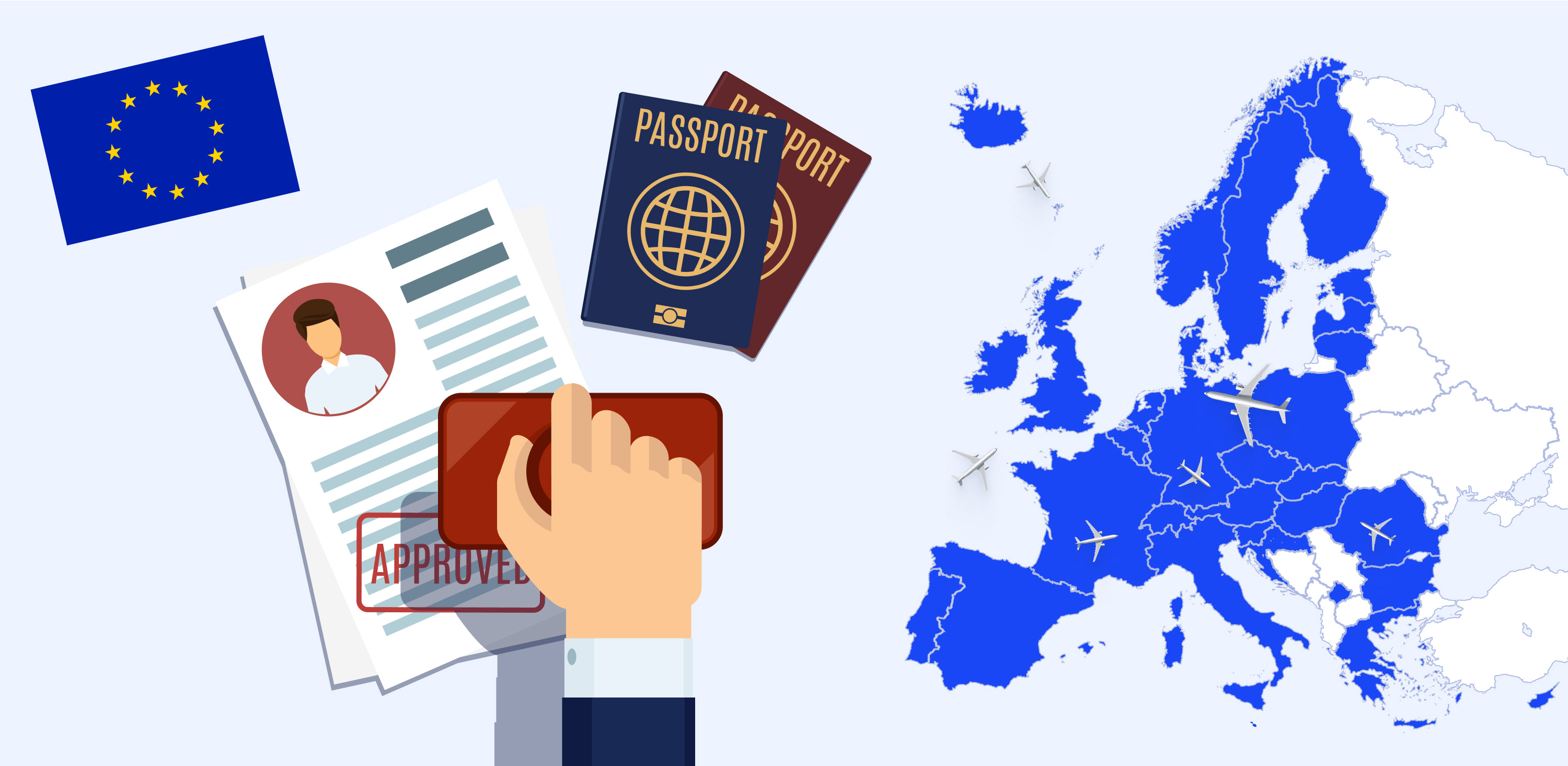
ETIAS — what is it and how does it work?
Now, let’s move on to the European Travel Information and Authorization System (ETIAS). What is it and how does it work?
Basically, you can view the new European Travel Information and Authorisation System as a copy of the U.S. ESTA procedure, which determines the eligibility of visitors to travel to the United States under the Visa Waiver Program. Similarly, ETIAS will affect people travelling from visa-exempt countries to any of the current EU Schengen member states (or Cyprus), the four Schengen Associated Countries (Iceland, Lichtenstein, Norway, and Switzerland), or the European microstates with open borders. The visa-free travellers will be obliged to apply online for an ETIAS travel authorisation.
What will the ETIAS procedure look like?
It starts with the passenger. A non-Schengen citizen will need to electronically fill out a form 30 days before their planned travel date and wait for a response. The carrier will only need to check in the system if their passenger has a valid travel authorisation. This verification query can be sent no earlier than 48 hours before the scheduled departure time.
So, in essence, it’s about getting the passenger data and sending it to the eu-LISA system to receive a response: „OK”, „NOT OK”, or “NA”.
PnrGo’s solution for EES and ETIAS
How can PnrGo help carriers comply with the new eu-LISA requirements?
We provide a system for automating the required passenger data transfer and validation process. Even though the final regulations have not been implemented yet, carriers cannot forget about the mandatory registration that has already been opened. By signing a contract with PnrGo now, carriers can benefit from our complimentary support in filling out the necessary registration documents as well as regular updates on the progress of the eu-LISA implementation. We will not charge any fees before the official launch of EES.
If you would like us to help you prepare for EES and ETIAS, contact one of our Sales Representatives to secure your contract today.


